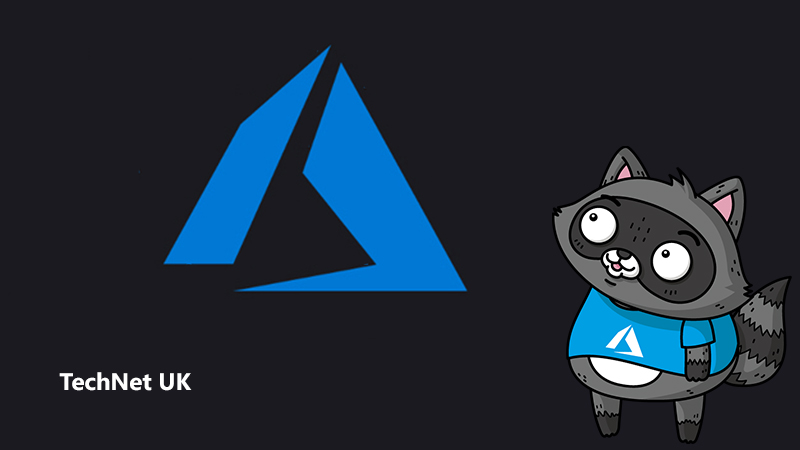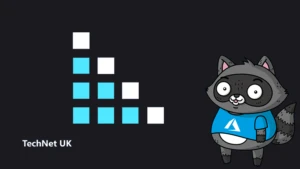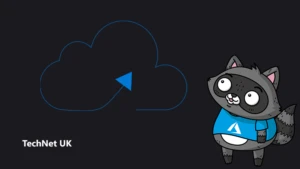
Getting started with Windows Server

Thinking about getting started with Windows Server 2019? Curious about trialling Windows Server 2022? Perhaps you’re still running Windows Server 2008 and want to know what your options are. Below is a selection of resources that will help point you in the right direction on your Windows Server journey.
Getting started with Windows Server 2019
If you’re looking to move onto Windows Server 2019, there are many resources out there to help you with the transition – whether it’s troubleshooting, or simply learning about what new features you should be aware of:
- What’s new in Windows Server 2019 – Read a comprehensive overview of the new features that come with Windows Server 2019.
- The Ultimate Guide to Windows Server 2019 – Learn how to extend your on-premises environments to the cloud with Windows Server 2019’s advanced hybrid capabilities, and how to add additional security layers and update your applications and infrastructure when you connect to the cloud.
- The Ultimate Guide to Windows Server on Azure – Download this guide to find out how easy Azure makes it to migrate or extend your Windows Server environment to Azure.
A look at Windows Server 2022
Windows Server 2022 is currently in preview, but what can you expect from this new edition? From advanced multi-layer security to hybrid capabilities with Azure, there are updates and upgrades across the board for you to look forward to.
- What’s coming in Windows Server 2022? – Read a comprehensive overview of the new features that are coming with Windows Server 2022.
- Windows Server 2022 is now in preview – While we don’t recommend deploying the Windows Sever 2022 preview for production workloads, you can now try it out via the Evaluation Center.
- Windows Server AMA – Check out this recent Q&A between Windows Server users and developers.
Windows Server 2008 End of Support
Windows Server 2008 reached End of Support at the beginning of 2020, meaning that if you are running any Windows Server 2008 or 2008 R2 servers in your environment, they will no longer be receiving regular updates from Microsoft or be able to contact technical support to open tickets.
So what are your options? There’s some great articles over on the IT Ops Talk blog that cover everything you might need to know:
- Windows Server 2008 End of Support: Know your Options
- Windows Server 2008 End of Support: How to Get Extended Security Updates
- Windows Server 2008 End of Support: Migrating File Servers
- Windows Server 2008 End of Support: Active Directory and DNS Migration
More learning resources
- Deploy Windows Server on Microsoft Learn
- Watch the “Latest Azure innovation for Windows Server and SQL Server” talk from Microsoft Ignite
- Watch the “Maximize Your Windows Server Hybrid Strategy with Azure” on-demand webinar
- Enjoy free technical sessions from Microsoft experts on Learn TV!




